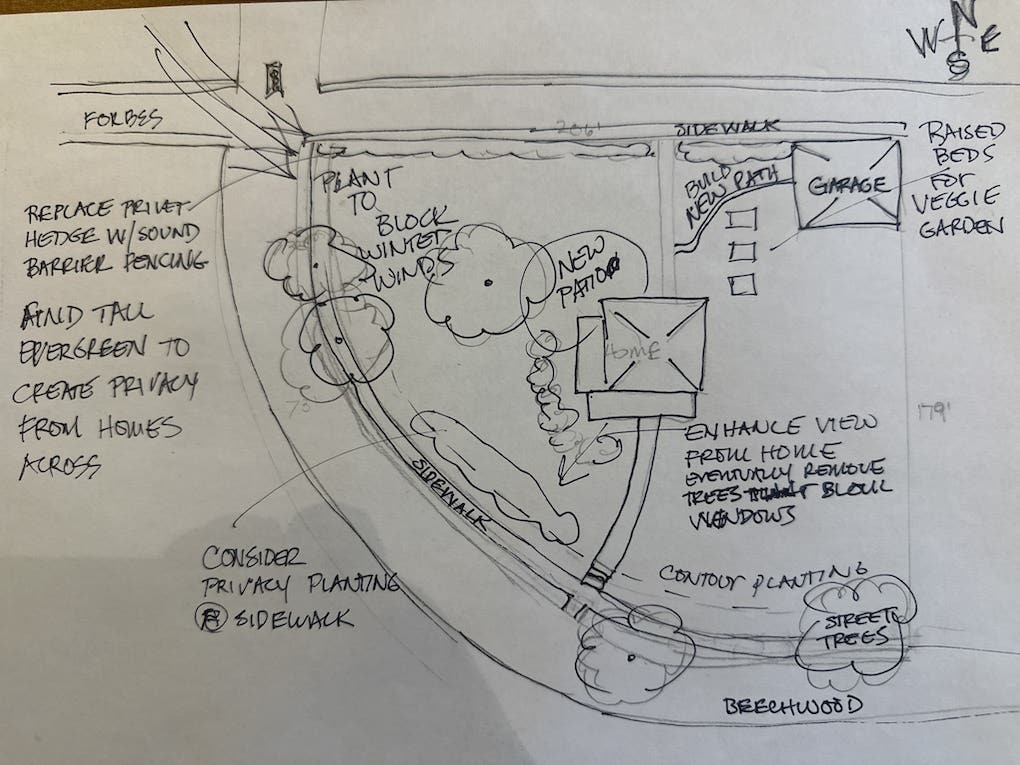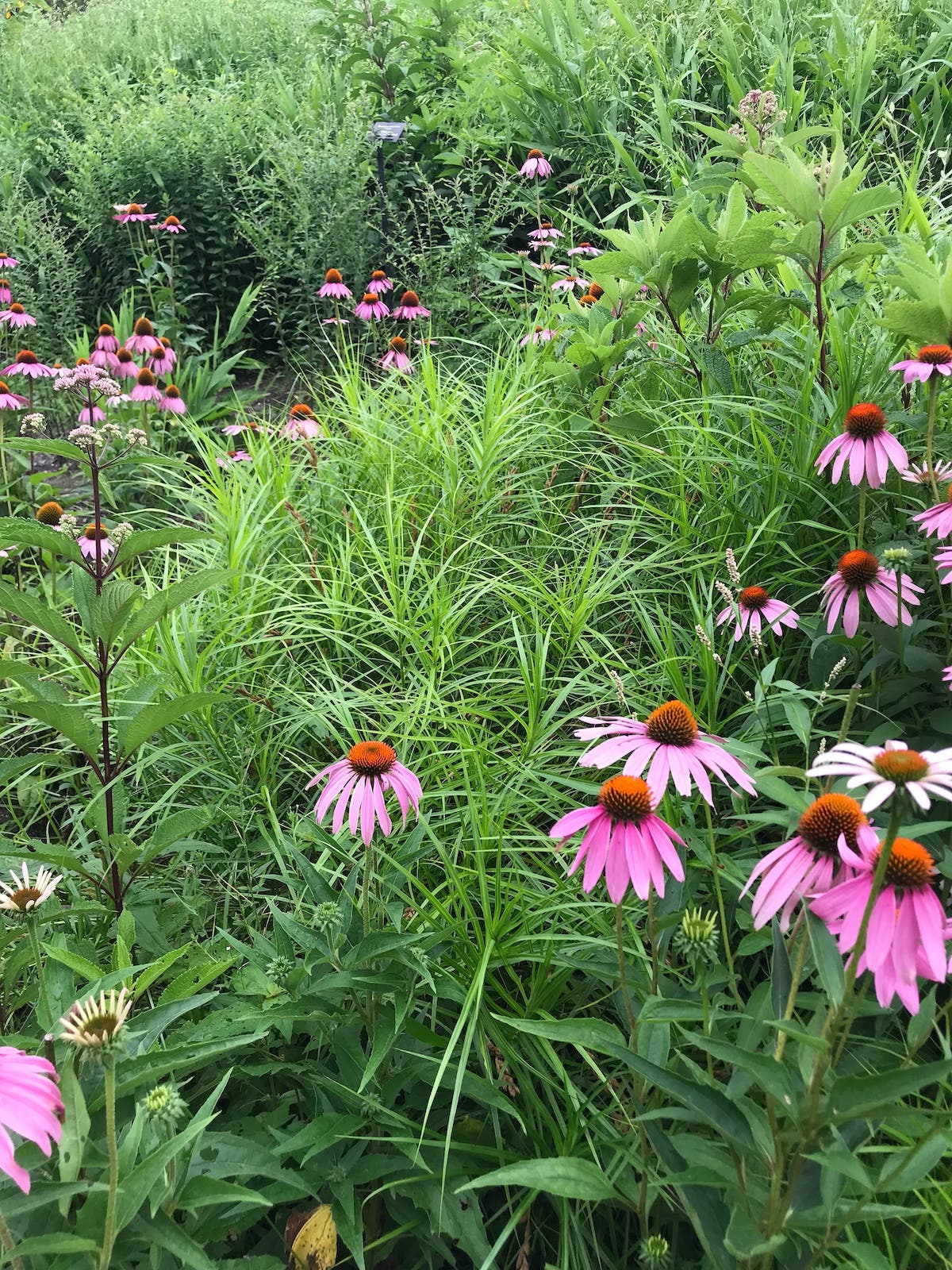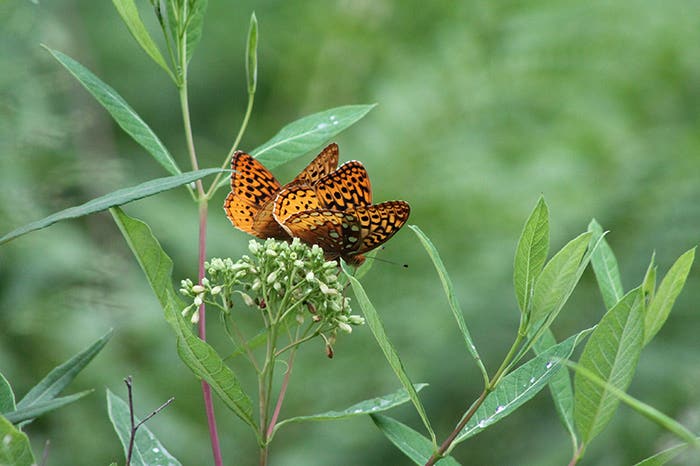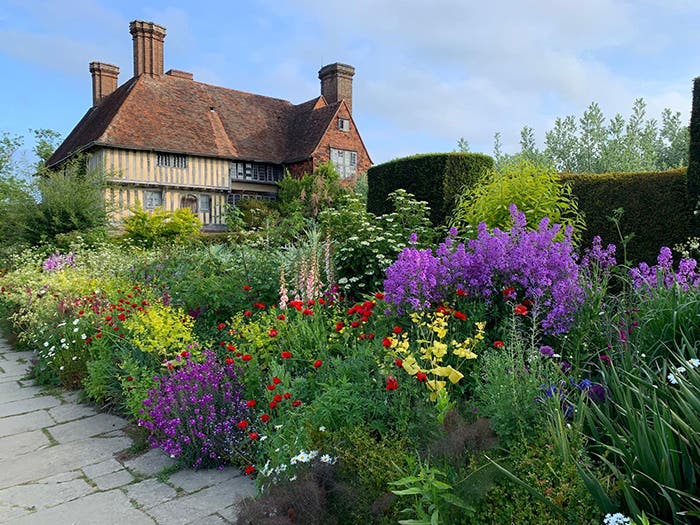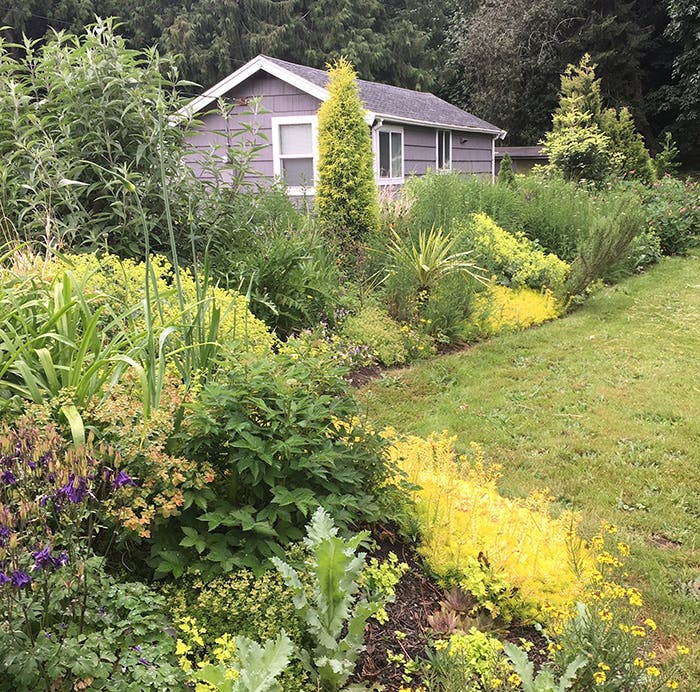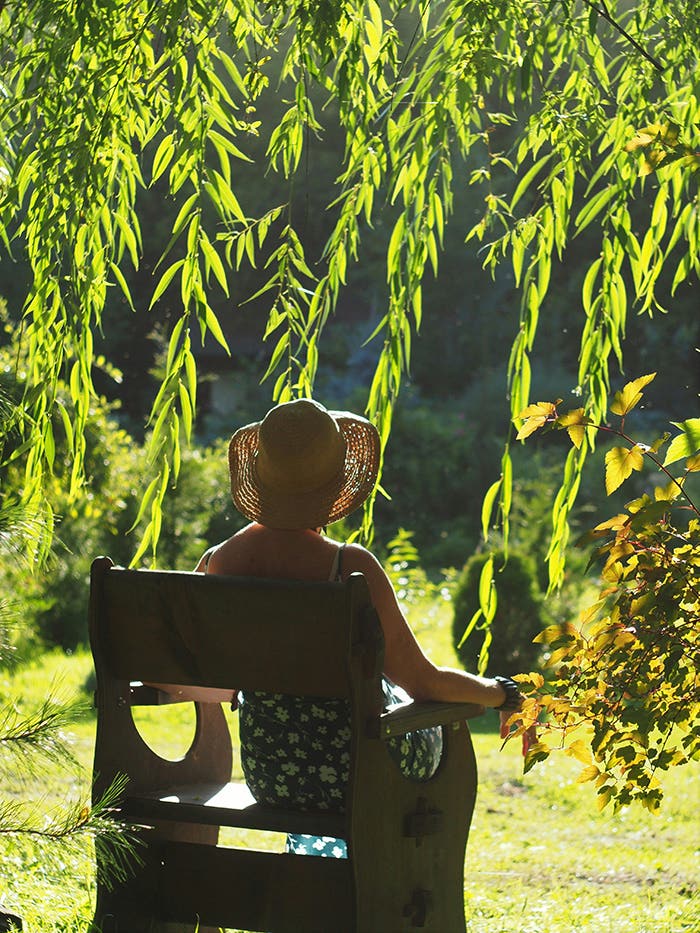The Christmas rose (Helleborus niger; Zones 4–8) and the Lenten rose (cultivars of H. ×hybridus; Zones 5–8) are prized as perennials that bloom in winter and early spring in regions where the vast majority of other herbaceous plants lie dormant. Rather than let them lonesomely bloom in a bare patch, give them evergreen companions that will help them pop. This is particularly important among Lenten roses that lack foliage of their own when in bloom.
When looking for hellebore companions, bear in mind that they'll need to accept the same conditions that hellebores prefer: part to full shade; average soil with good drainage; and moderate to low water (once established).
Here are some good choices of companion plants for hellebores, which meet the above requirements and provide winter interest:
Evergreen ferns such as hart's tongue fern (Asplenium scolopendrium; Zones 5–9) and Japanese shield fern (Dryopteris erythrosora, Zones 6–10) provide a leafy backdrop to the hellebores' flowers. The Christmas fern is another fine option; read all about Christmas fern here.
Dwarf evergreen shrubs such as shade-tolerant Christmas box (Sarcococca confusa; Zones 6–8) provide shelter and contrast. Rhododendrons are another good option for a broadleaf evergreen to back up hellebores; just be sure your rhodies receive dappled light or a half day of sun to promote compact growth and best blooming.
Deciduous trees and shrubs with colorful bark, interesting form or early flowers can also look stunning with hellebores. While these often prefer more sun, they can easily be used to create shade for the hellebores. For options see "Shrubs With Bright Winter Stems" and "Deciduous Trees With Outstanding Winter Interest."
Should you wish to plant evergreen conifers as a partner for hellebores, bear in mind that conifers tend to like full sun. If the site allows it, you might position the conifer to provide shade for the hellebores while it receives all-day sun. Or, stick to conifers that can take partial shade: arborvitae (Thuja), yews (Taxus) and false cypress (Chamaecyparis) are best bets and they offer a range of shapes, sizes, foliage textures and colors to play with. Find some ideas in "Conifers for Gardens: Our Top 11."
Finally, low ornamental grasses and sedges pair well with hellebores. The sedges Carex comans (Zones 7–9) and C. buchananii (Zones 7–9) lend an airy texture with their slender foliage and will tolerate the shady conditions hellebores prefer. In winter, the tawny leaves of these grasses are a good contrast for dark pink or purple hellebores.
Or try an evergreen sedge like native Carex flaccosperma (Zones 5–8), which offers wider, blue-toned foliage to mix well with hellebores. For more hellebore-friendly grasses and grasslike options, read "Super Sedges: Using Native Carex in the Garden" and "Ornamental Grasses for Shade Gardens."
To learn more about caring for hellebores and to find perennial companions for spring and beyond, read "Hellebore Care Tips and Propagation, Plus Companions."
Image credits: Japanese shield fern by James St. John/CC BY 2.0 DEED; Carex comans by Forest and Kim Starr/CC BY 2.0 DEED; Sweet box by Denis.prévôt/Own work/CC BY-SA 3.0


